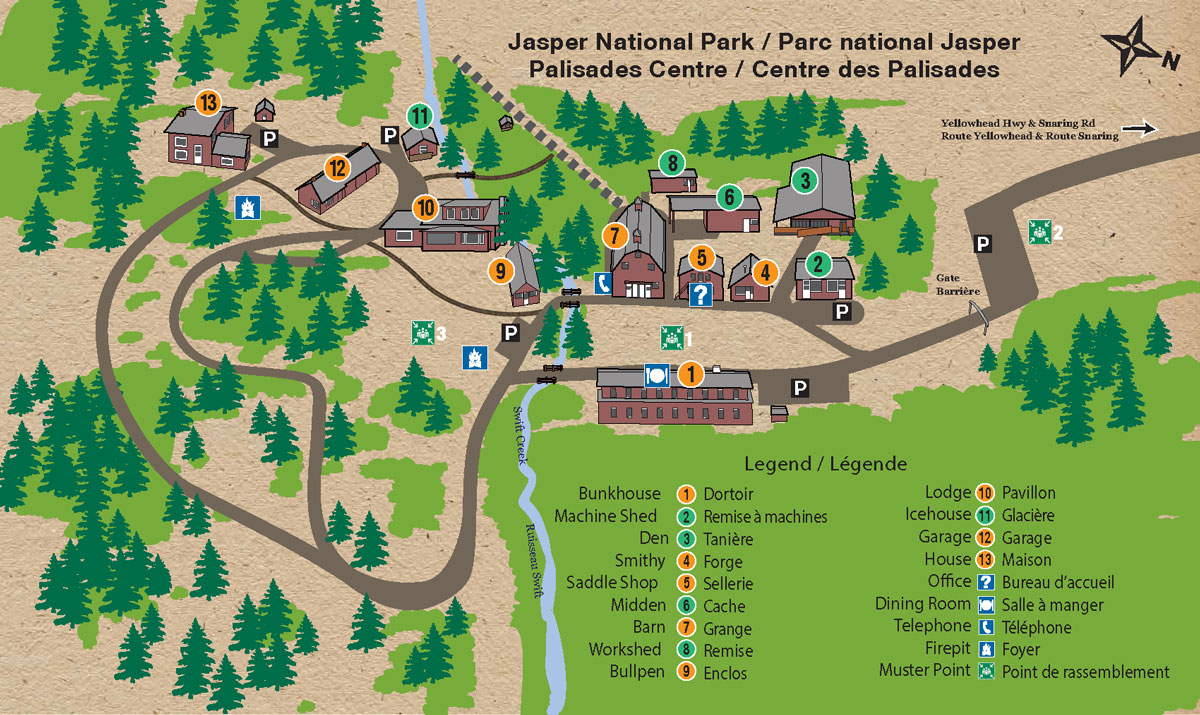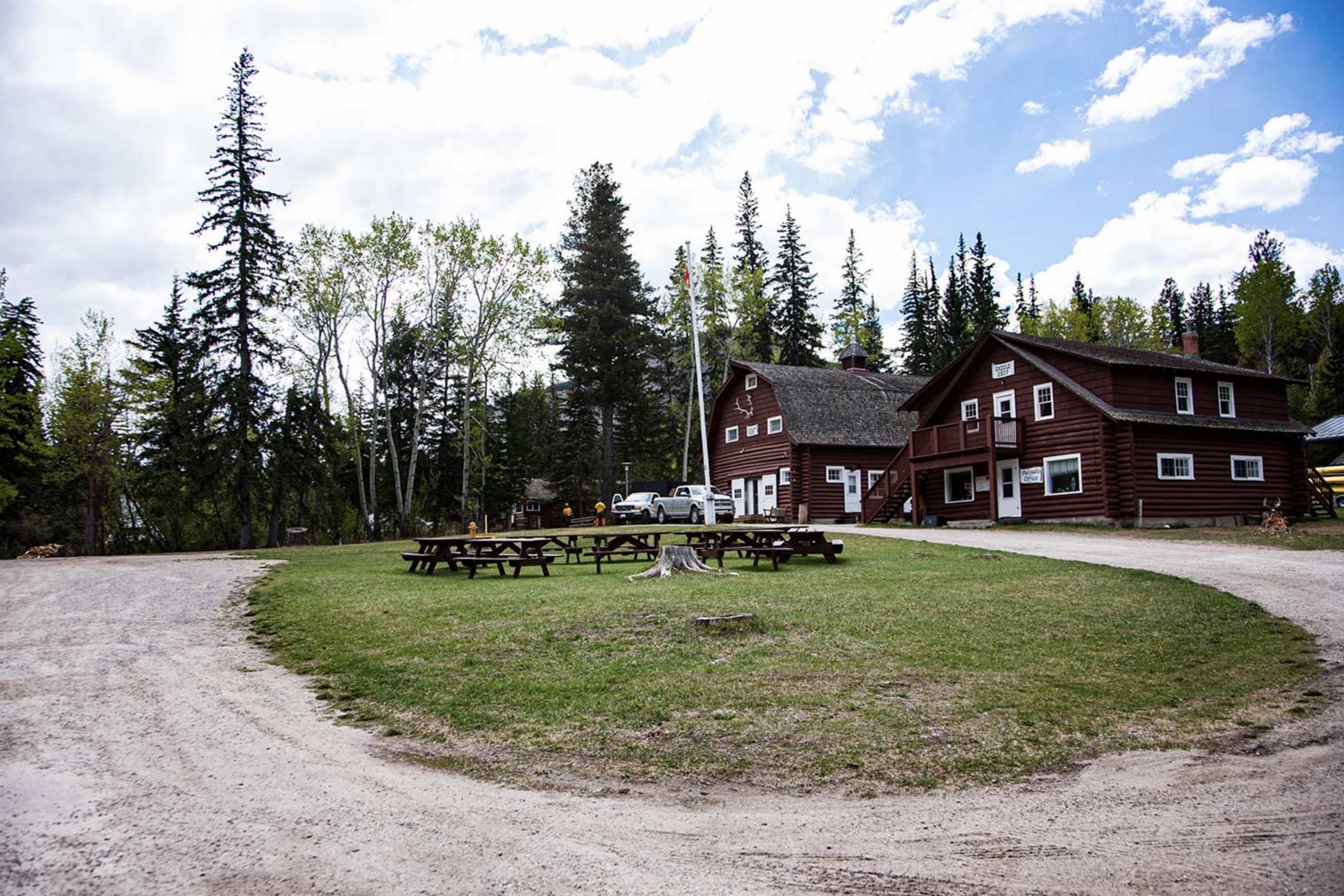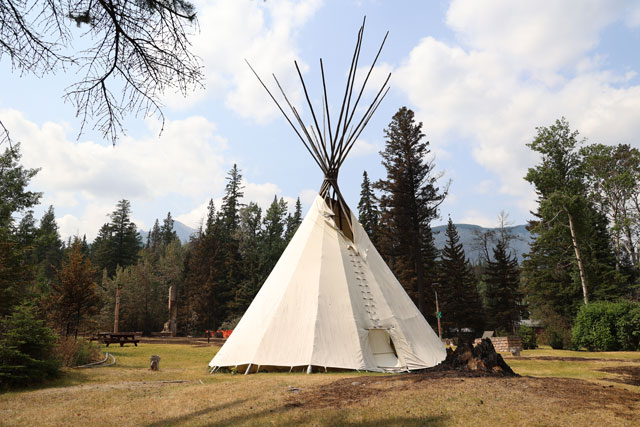As Jasper National Park staff work to open the caribou conservation centre, another Parks Canada facility has been declared closed.
The Palisades Stewardship and Education Centre (or Palisades Centre) in Jasper National Park was one of the first areas to be impacted by the Jasper Wildfire. This wildfire, which was initially referred to as the north wildfire, started on July 22 near the Jasper Transfer Station.
In a recent update, Parks Canada reported that the Palisades Centre suffered significant damages from the wildfire. Nine buildings—many of them recognized federal heritage buildings dating from 1936—were destroyed by fire.
“Bridges, power and water facilities were also damaged. Significant assessments and restoration will be needed before Parks Canada can reopen this area to the public,” according to an update.

The Palisades Centre is situated in the Athabasca Valley in the shadow of sheer cliffs called the Palisades. At one time, the top of the Palisades was the site of a wildfire lookout where Fire Wardens could scan the Athabasca Valley for wildfires.
The history of the Palisades area is deeply connected to the Indigenous people who lived and travelled in the lands that would become Jasper National Park, including the Anishinabe, Aseniwuche Winewak, Dene-zaa, Nêhiyawak, Secwépemc, Stoney Nakoda, Mountain Métis and Métis. Parks Canada says there are culturally significant sites in this area, including gravesites.
“Many Indigenous partners have ties to the families that homesteaded in the area before the park was established,” according to Parks Canada.
The Palisades Centre was originally a homestead established by Lewis Swift and Suzette Chalifoux in 1895. The homestead was well known to travellers who passed through the Athabasca Valley. The property was eventually sold and the buildings converted into accommodations.
In 1962, the Government of Canada purchased the private property, and it became a national training centre for national park employees.

Since then, the Palisades Centre has continued to serve as a place for people to meet, learn, practice stewardship and connect with nature, culture and history. It has been the site of countless weddings, family reunions, retreats and workshops.
Thousands of student and youth groups have participated in both in-person and virtual education programs.

“Many songs, stories and laughs have been shared around the campfire and in the tipi,” according to Parks Canada.
“The surviving structures, including the still-standing tipi, and the hardy ancient Douglas-fir trees keeping watch on the Palisades Centre give us hope for the future.”


